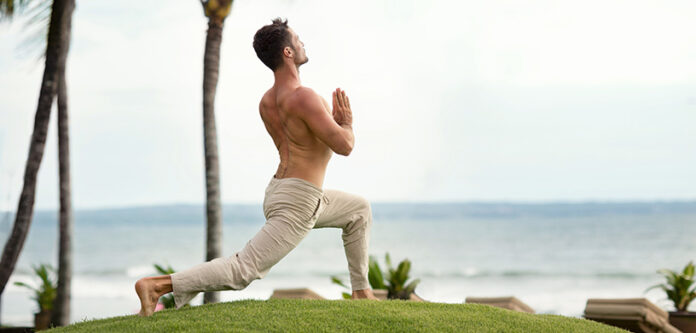
Combination of many abilities and talents for producing a processed, well-rounded athlete is the prime goal in Martial arts. Additionally, flexibility is essential for all type of martial arts like karate, boxing, Muay Thai. The foundation of all of those skills is proper flexibility and attitude.
To improve your flexibility, you need to stretch before and beyond the stretching done in your martial arts class. You need to exercise every day. However, be aware that any development in flexibility as an adult will be slow. Nonetheless, if you continue doing, you would see gradual but substantial growth over time. Beyond popular techniques, many martial artists use a wide variety of exercises to improve their flexibility.
Here are three conventional techniques for enhancing the flexibility described below. Have a glance:
1. Doing Yoga
Martial arts concentrate on an inclusive deal of power, speed, and response. There is also a demand for full extensions.
A fascinating way of enhancing flexibility in martial arts is doing Yoga. Yoga is unique for its comprehensive collection of benefits. Yoga can improve both physical and mental health. This blend of martial arts and Yoga helps you create many moves and joint motions, which appears in more outstanding balance and control over your body. It doesn’t matter if you do Yoga for adaptability or flexibility. Its advantages are enormous and make your training more engaging.
Moreover, almost every athlete in the world has yoga workouts in their plan. The most damaging thing you can do for flexibility, apart from usually living idle, is to deny your body of water. Dehydration can damage your workout routine in many ways and will significantly reduce the impacts of flexibility training.
2. Follow stretching postures
Static stretch was the perfect way to warming up before a workout, and it was a common myth once a time. Yet, research now proves that it is not. Before each practice session, begin with dynamic stretching. You should move into the stretches, rather than holding them.
Try to make squats, jumping jacks, side lunges and pushups to warm up your muscles before the exercise. Proceed to dynamic stretches to get the muscles moving smoothly. If you are going only on flexibility, perform static stretches right after dynamic stretches. While doing static stretching, focus on resting the target muscles and inhaling deeply. Do some slight static stretches at the finish line of every workout session to relax and refresh your muscles.
3. Indulge yourself
Stress mitigation is an essential part of this equation of martial arts.
You should enjoy the indulgence of massage. It is beneficial to your practice. While stretching it can serve to improve flexibility, massage provides stress relief and pushes the knots from the muscles that restrict proper flexibility. In addition to massage, consider meditation, walking, and other recreation techniques that will enable your muscles to relax. When practicing, training, or handling stressful conditions, be sure to breathe. It will promote stress reduction and will also hold your concentration centered on proper techniques and postures.
Things to keep in mind
- While doing flexibility activities that require bending at the waist, always lean from the hip, not the lower back. The lower back is fragile to injuries.
- Follow the guidance for exercises carefully. There are proper and improper techniques to stretch every muscle. Flexibility exercises intended to give a maximum stretch with the least risk of injury.
- You should never sense discomfort in your joints while doing stretching exercises. If you feel so, stop promptly and discontinue that exercise.
Conclusively,
All practices and exercises should be supervised by a trained martial arts instructor to avert injuries and to ensure doing the proper technique.





